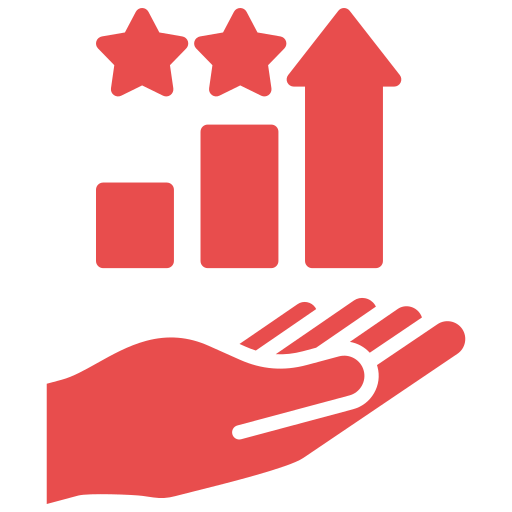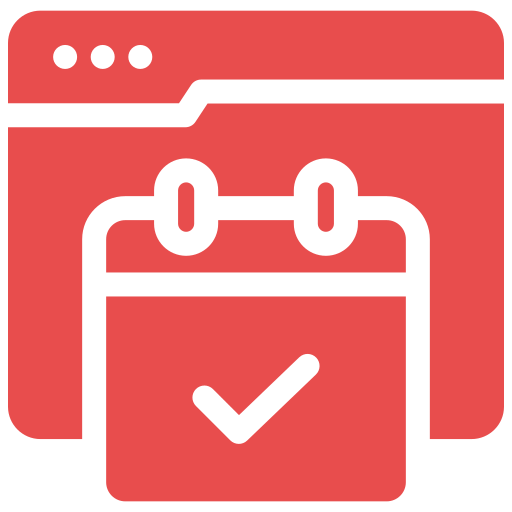Get in touch with our certified consultants and experts to explore innovative solutions and services. We've empowered companies across various domains to transform their business capabilities and achieve their strategic goals. Schedule a Call

Real-Time Client Engagement with The Impact of WhatsApp Integration



Highlights
Improved Customer Support
The goal was to offer instant customer support, addressing client inquiries and concerns promptly.
Real-Time Updates
The client required a system that could provide real-time updates to customers about their bookings, photo sessions, and delivery statuses.
Enhanced Customer Communication
The client wanted a more effective way to communicate with clients, offering quick responses and personalized interactions.
Streamlined Booking Process
They aimed to simplify the booking process, making it easier for clients to inquire about services, check availability, and confirm bookings.

Communication Delays
The existing email-based communication system led to delays in responses, impacting customer satisfaction. Emails often got lost in cluttered inboxes, and response times were longer than desirable, leading to frustration among clients.

Inefficient Booking Management
Managing bookings manually through emails and phone calls was time-consuming and prone to errors. Double bookings, missed inquiries, and manual tracking of appointments created operational inefficiencies.

Lack of Real-Time Interaction
The absence of real-time interaction capabilities made it difficult to provide immediate updates and support to clients. This gap often resulted in clients feeling uninformed and undervalued.

Scalability Issues
As the client’s business grew, the existing communication and booking management processes became increasingly difficult to manage efficiently. The manual systems were not scalable and struggled to keep up with the increasing volume of inquiries and bookings.


WhatsApp Integration with Salesforce
To streamline customer communication, we integrated WhatsApp with Salesforce. This integration was configured to enable real-time messaging, ensuring that all client interactions are captured and logged within Salesforce.
Real-Time Notifications
Configured real-time notifications for booking confirmations, session reminders, and delivery updates using Salesforce’s Notification Builder. This involved setting up workflows and triggers within Salesforce to send notifications at predefined stages of the booking process.
Personalized Customer Interactions
Leveraging Salesforce’s advanced capabilities, we used dynamic content and personalization tokens in WhatsApp messages. Apex triggers were used to dynamically generate personalized messages based on customer data stored in Salesforce.


Our client, a leading photography company based in Australia, specializes in capturing precious moments for weddings, corporate events, and family portraits. With a strong reputation for high-quality service and a growing customer base, the company sought ways to enhance customer engagement and streamline communication.
We developed a seamless communication system that improved customer support, automated booking updates, and enhanced real-time engagement. This solution reduced delays, increased efficiency, and provided a more personalized customer experience.
Improved Response Times
Instant messaging through WhatsApp significantly reduced response time, enhancing customer satisfaction. Clients appreciated the quick responses, leading to better engagement and loyalty.
Enhanced Customer Experience
Real-time, personalized interactions through WhatsApp provided a more engaging and satisfactory client experience.
Increased Operational Efficiency
Centralizing communication and automating processes led to improved operational efficiency and reduced errors. The company could handle more inquiries and bookings without a proportional increase in administrative effort.

 About Melonleaf
About Melonleaf Awards
Awards Our Team
Our Team






 Events
Events Webinars
Webinars Blogs
Blogs Press Releases
Press Releases

 Salesforce
Salesforce Alliance Partners
Alliance Partners Healthcare Prowess
Healthcare Prowess Logistics
Logistics Real Estate
Real Estate Automotive Industry
Automotive Industry Education Industry
Education Industry Manufacturing
Manufacturing Media & Entertainmet
Media & Entertainmet Nonprofit
Nonprofit Insurance
Insurance Aerospace & Defence
Aerospace & Defence










